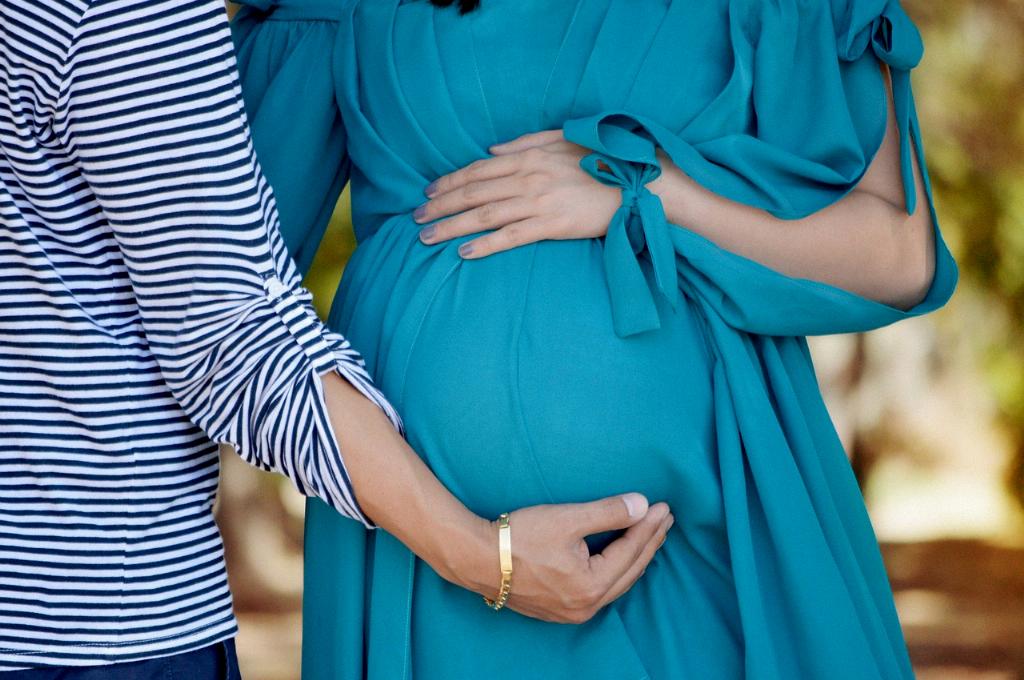When it comes to the question of whether one can have a tubal pregnancy after undergoing a tubal ligation procedure, there are important factors to consider. Tubal pregnancy, also known as an ectopic pregnancy, occurs when a fertilized egg implants itself outside of the uterus, often in the fallopian tube. On the other hand, tubal ligation is a form of permanent birth control in which a woman’s fallopian tubes are surgically cut, tied, or blocked to prevent pregnancy.
Risks of Ectopic Pregnancies After Tubal Ligation
While tubal ligation is considered to be a highly effective method of contraception, like any medical procedure, it is not without risks. Studies have shown that while the failure rate of tubal ligation is low, around 15-20% of pregnancies that do occur after tubal ligation are ectopic pregnancies. This means that there is a small but existing risk of a fertilized egg implanting in the fallopian tube despite the tubes being surgically altered.
Timing and Probability of Ectopic Pregnancy
Research indicates that the majority of ectopic pregnancies following tubal ligation occur within the first year after the procedure, with a significant percentage happening specifically within the first year. However, this does not rule out the possibility of ectopic pregnancies occurring later on, even after multiple years have passed since the tubal ligation. Physicians need to be vigilant and consider the risk of ectopic pregnancy in any woman who has had a tubal ligation, particularly if symptoms suggestive of pregnancy or related complications arise.
Maternal Health Concerns and Risk Awareness
One crucial element highlighted by studies is the importance of increasing awareness among healthcare providers and women who have undergone tubal ligation about the risk of ectopic pregnancy. Ectopic pregnancies can be life-threatening if not diagnosed and managed promptly. It is essential for both patients and healthcare professionals to be aware of the signs and symptoms of ectopic pregnancy to facilitate early detection and intervention.
Factors Contributing to Ectopic Pregnancy Post-Tubal Ligation
Several factors may contribute to the occurrence of an ectopic pregnancy following tubal ligation. These include the possibility of incomplete sealing of the fallopian tubes during the initial procedure, recanalization of the tubes over time, or the development of a fistula that allows the passage of sperm and egg. While these scenarios are relatively rare, they highlight the importance of recognizing that no contraceptive method is 100% foolproof.
Diagnostic Challenges and Medical Response
Diagnosing an ectopic pregnancy in a woman who has previously undergone tubal ligation can present challenges, as the usual signs of pregnancy, such as missed periods and positive pregnancy tests, may still occur due to hormonal changes. This underscores the need for thorough evaluation and consideration of alternative diagnostic methods, such as ultrasound scans and serial beta-hCG monitoring, to detect ectopic pregnancies in a timely manner.
Treatment Options and Long-Term Implications
The management of an ectopic pregnancy in a woman with a history of tubal ligation typically involves surgical intervention to remove the ectopic pregnancy and prevent further complications. In cases where the fallopian tube is significantly damaged, removal of the affected tube may be necessary, which can have implications for future fertility. It is essential for healthcare providers to discuss these potential outcomes with patients to ensure informed decision-making.
Emotional Impact and Support
Experiencing an ectopic pregnancy after tubal ligation can be emotionally challenging for individuals and their families. The unexpected nature of the situation and potential implications for future pregnancies can evoke feelings of loss, confusion, and uncertainty. It is crucial for individuals in this situation to seek emotional support from healthcare professionals, counsellors, or support groups to navigate this difficult period and address any concerns or fears.
Future Considerations and Contraceptive Choices
For women who have had an ectopic pregnancy following tubal ligation, discussions about future contraceptive options and family planning are paramount. Alternative methods of contraception, such as intrauterine devices (IUDs), hormonal implants, or barrier methods, may be recommended to prevent unplanned pregnancies while preserving fertility options. It is essential to have open and honest conversations with healthcare providers to explore the most suitable contraceptive choices based on individual circumstances.
Educational and Preventive Strategies
Enhancing awareness and education about the risks associated with ectopic pregnancies after tubal ligation is crucial for both healthcare professionals and women considering this form of contraception. Providing information about the signs and symptoms of ectopic pregnancy, the importance of regular follow-up appointments, and the need for early intervention in case of suspected complications can help mitigate risks and improve outcomes for individuals who have undergone tubal ligation.
Conclusion
In conclusion, while the likelihood of having a tubal pregnancy after tubal ligation is relatively low, the risk should not be overlooked. Understanding the factors that contribute to ectopic pregnancies post-tubal ligation, being aware of the timing and probability of such events, and ensuring prompt medical evaluation in case of suspected ectopic pregnancy are crucial steps in safeguarding maternal health. By staying informed, proactive, and engaged in discussions about contraceptive choices and reproductive health, individuals can make empowered decisions and navigate any potential challenges with support and guidance.

